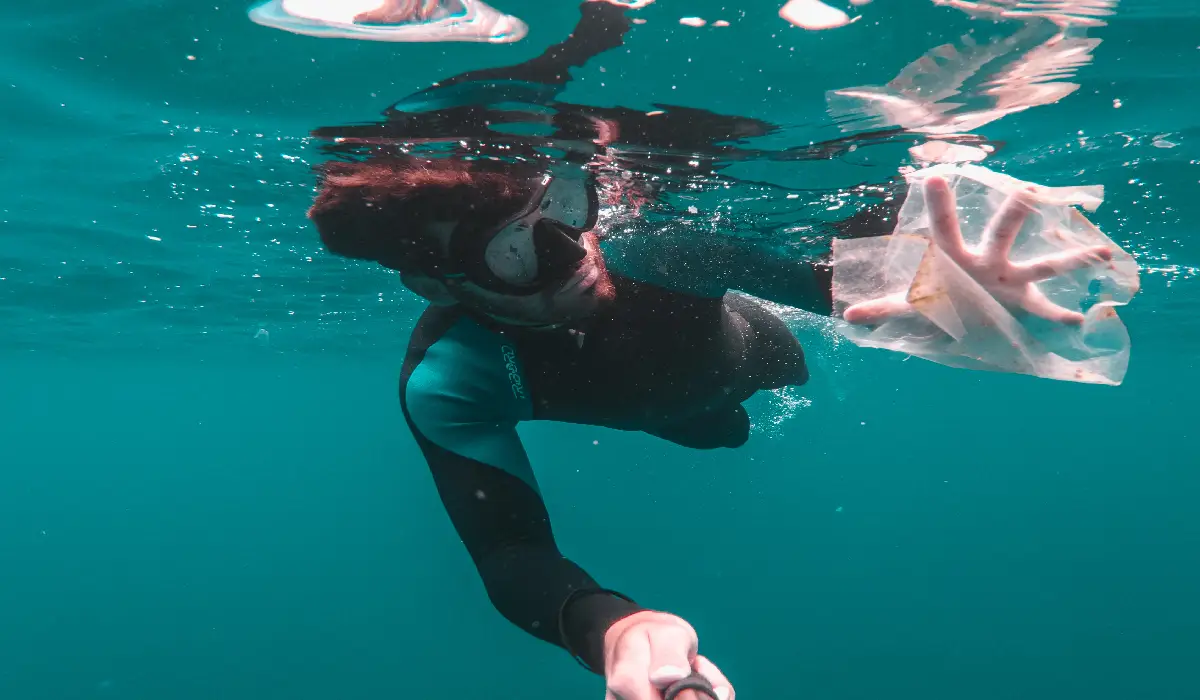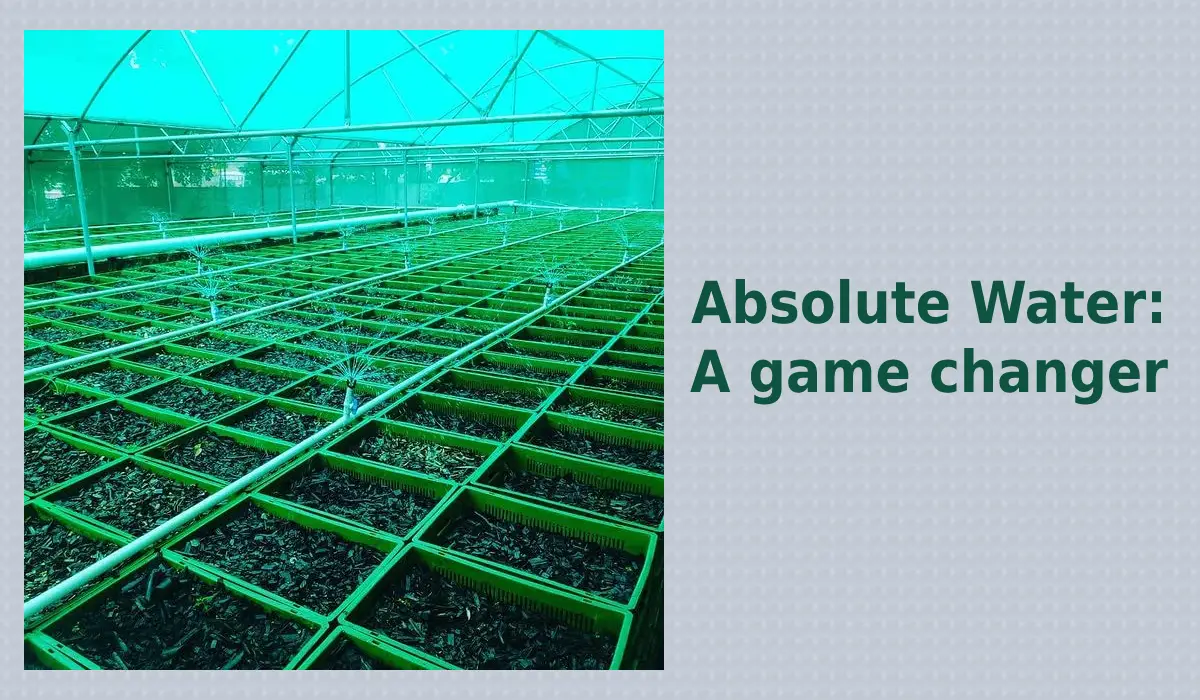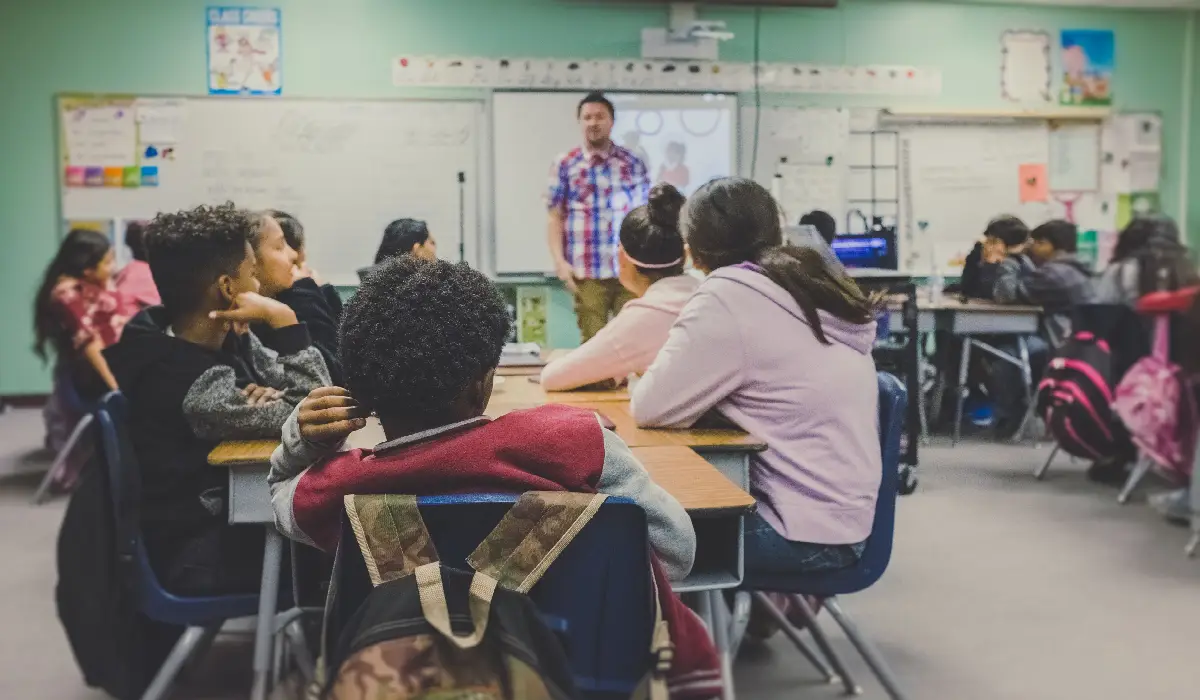
We are now living in a “plastic world” where almost everything is made up of plastic. From industrial products to daily use products like toothpaste, cosmetics, carry bags, etc., plastic has conquered a lion’s share of our consumption. Sea has always been the disposal ground of all waste materials. Similarly, disposal of plastic into seas have led to disturbance of aquatic environment. But the real threat to aquatic flora and fauna comes in the form of microplastics.
Microplastic are small plastic fragments having a size ≤ 5 mm. These tiny particles are easily consumed by different marine biota including corals, planktons, marine invertebrates, fishes, whales and ultimately reaching higher levels of the food chain through bioaccumulation and biomagnification. Not only does it affect the food chain, but also it indirectly affects the entire ecosystem by absorbing other marine pollutants.
Long story short
TYPES OF MICROPLASTICS
Microplastic are divided into 2 types:
Primary microplastics
Primary microplastics are those micro sized synthetic polymers (less than 5.0mm) which are used as the exfoliates of various processes such as chemical formulations, sand blasting media, maintenance of various plastic products and also in manufacturing of synthetic clothes. micro beads are another type of primary plastic composed of polyethylene (PE), polypropylene (PP), polystyrene (PS) beads and are used in cosmetics and health care products.
Secondary microplastics
Secondary plastics are the fragmented products of macro or mesoplastic and mostly generated under the effect of various environmental processes such as biodegradation, photo-degradation, thermal degradation etc.
SOURCES
- Anthropogenic activities (domestic, industrial, and coastal activities) are the sole reason for all kind of plastic disposal into the marine environment as plastic is an artificial polymer.
- Plastics released in the form of pellets & resin powders from air- blasting in plastic manufacturing industries contaminates the aquatic environment.
- The daily use cosmetics, toothpaste etc contains micro plastics in it.
- Washing cloths and household wastes also contributes to the plastic pollution.
- The construction and recycling processes, plastic gears, nets, shipping litters etc from fishing practices, aqua tourism activities, marine industries also contribute to plastic pollution in marine environment.
EFFECTS OF MICROPLASTIC ON THE MARINE BIOTA
- As they are micron sized, they are often ingested by a range of marine biota which includes the corals, planktons (including phytoplankton and zooplanktons), sea urchins, lobsters, fish and thus gets into the higher tropic levels of food chain.
- Consumption of microplastic by marine organisms causes blockage of digestive tract and other health issues.
- Deposition of microplastic on the ocean floor (sedimentation) causes disturbance to benthic flora and fauna.
- Microplastic serves as a vehicle for alien microbes and can introduce different non-native species.
- It affects sea birds who eat the fishes as well as the litter floating on surface of the water by mistake.
- It indirectly affects humans who consume the fish in which microplastic is bioaccumulated.
WAY FORWARD
Although a complete cure of plastic is impossible, we could control the plastic usage to a certain extend. In short term, the society needs to curtail the unnecessary single use plastic items like water bottles, straws, plastic carry bags, plastic utensils etc. In a long term, it is very essential to introduce strong legislative rules which are able to monitor the use of plastic. There should be a well established waste collection system which could detect the plastic litter from other wastes. Efficient managing and recycling will help to prevent plastic pollution and its related problems to a greater extend. Some strong policies like complete ban on plastic bags and bottles and imposing fine on its usage would help to lessen the impact of plastic pollution.
REFERENCE
- “Microplastics in marine environments: Occurrence, Distribution and Effects” by Inger Lise Nerland, Claudia Halsband, Ian Allan, Kevin V Thomas.
- “Microplastics as contaminants in the marine environment: a review” by Cole, Matthew, Lindeque,Pk ; Halsband, C;et al
- Wikipedia.

Absolute Water is an emerging game-changer in the field of sustainable safe drinking water harvesting.

A type of education which is extended out into the local populations, especially in the rural areas where there are less educational institutions providing formal education is available.